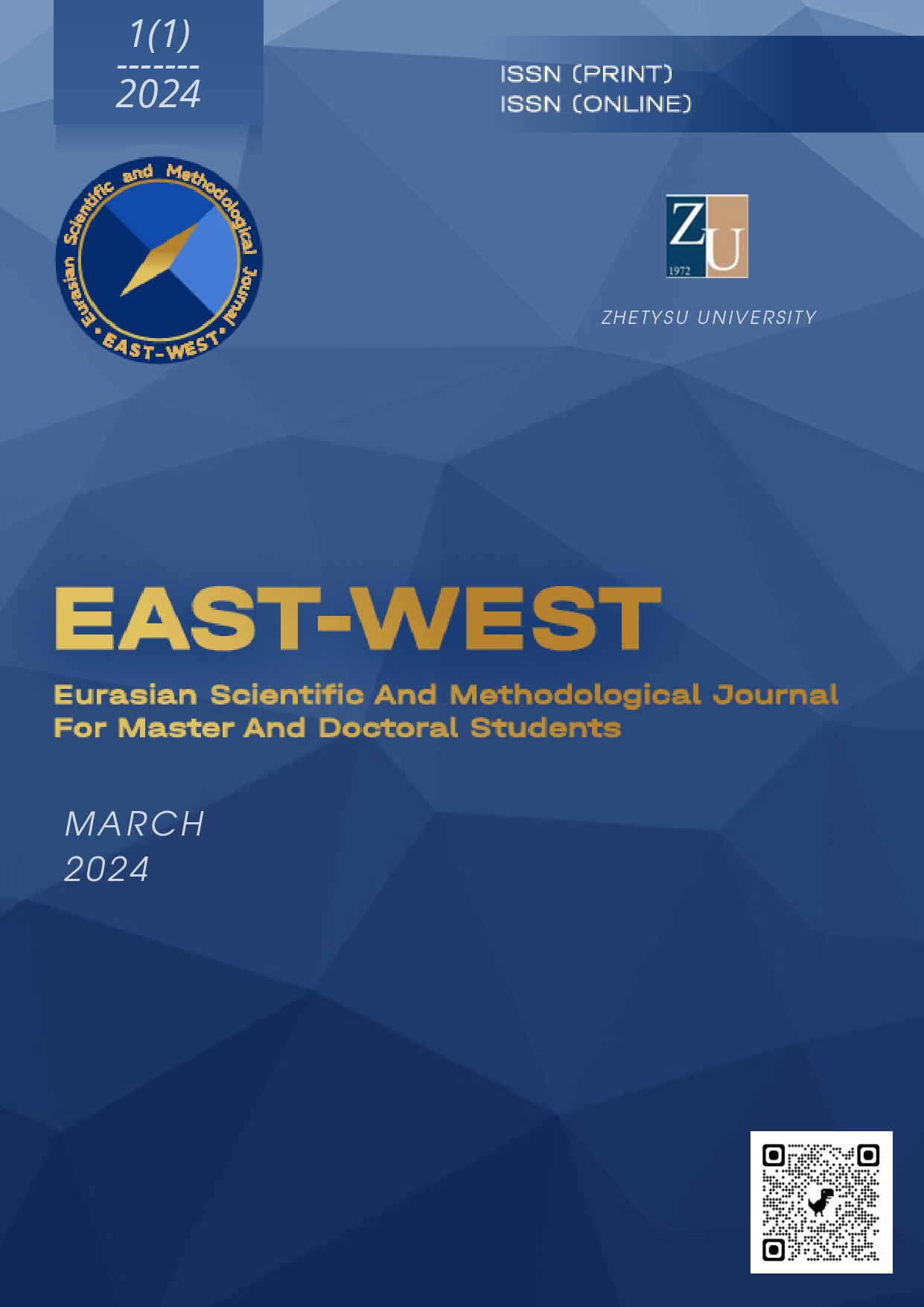Аңдатпа
Мақалада жасөспірімдер тіліндегі лексикалық интерференция түсінігі қарастырылады. «Тілдік интерференция» термині және оның «тіл экологиясымен» қатынасына анықтама берілген. Тіл экологиясы, тілге әртүрлі әлеуметтік мәдени ортаның әсері мен қалай өзгеруін зерттейді. Зерттеу объектісі ретінде, билингвизм жағдайындағы сөйлеуші саласындағы тілдің өзара әрекеттесуі мен ықпал етуі қарастырылады. Біз, қазіргі таңда біртілдік қоғамдағы, екі және оданда көптілдердің бір-біріне ықпал етуіндегі қиын, екіұштыпроцессінбайқапжүрміз.
Зерттеудің мақсаты, интернат қатынасы негізіндегі ағылшын, орыс, қазақ тілдерінің бір біріне ықпал етуі. Сан-мөлшер мен мәнмәтіндік әдістер көмегімен авторлар «Twitter», «Telegram» және «Instagram» әлеуметтік желі мәтіндеріндегі лексикалық интерференцияның негізгі формалары қарастырылады. Келтірілген контексттерден, тіл - бұл жаргонизмдер мен неологизмдерді қабылдау процесі, сонымен қатар тілдік факторлар әсерінен әрдайым дамып, өзгеріп отыратын жүйе екендігін белгілі. Жүргізілген зерттеу жұмыстарының негізінде, авторлар билингвизм және полилингвизм жағдайындағы адамның тілдік санасы басқа тілдердің тілдік жүйесіне ұмтылады. Тілдік деңгейлердің ішіндегі, лексикалық деңгейде өзгерістер анық көрінеді.


